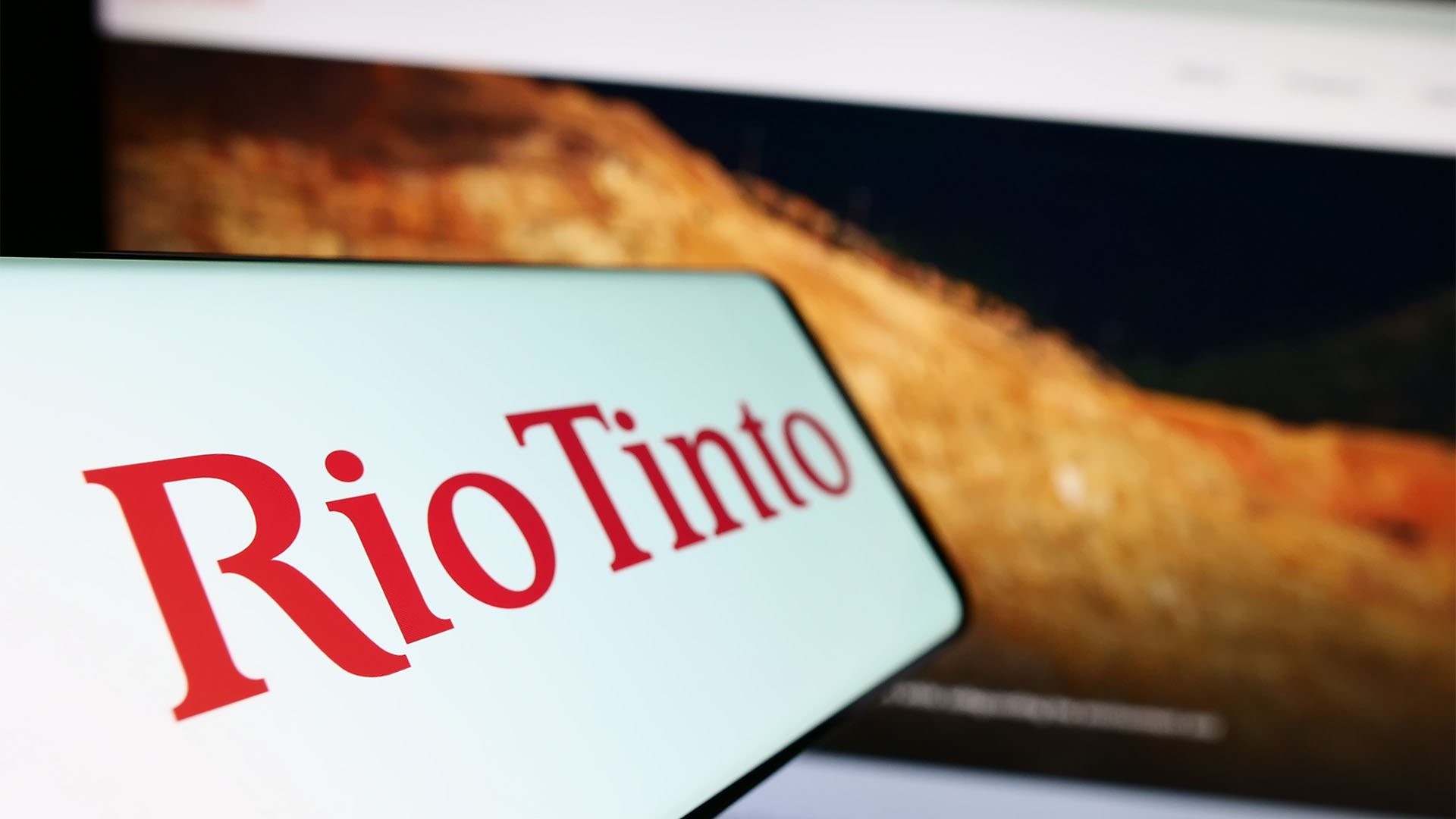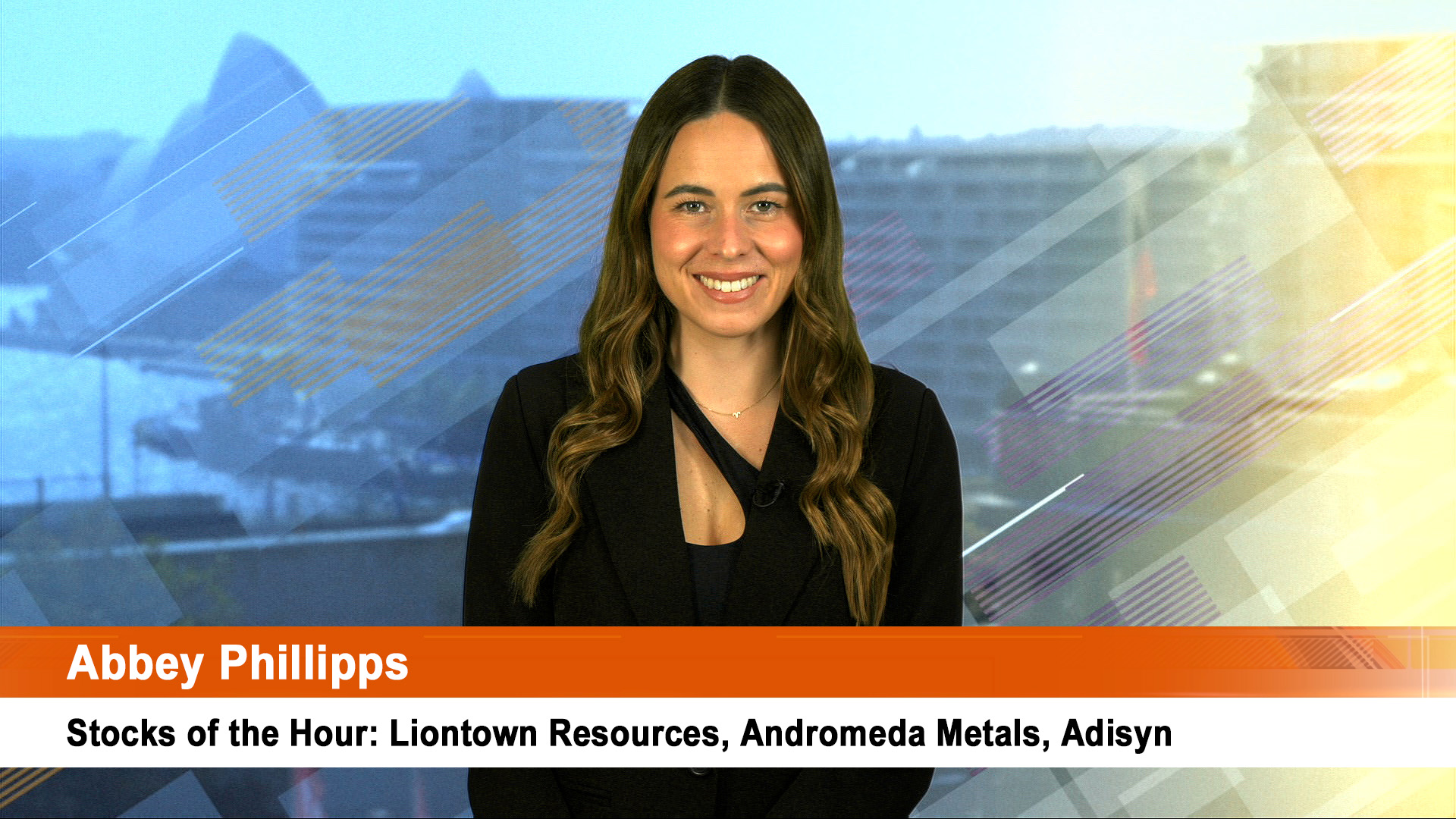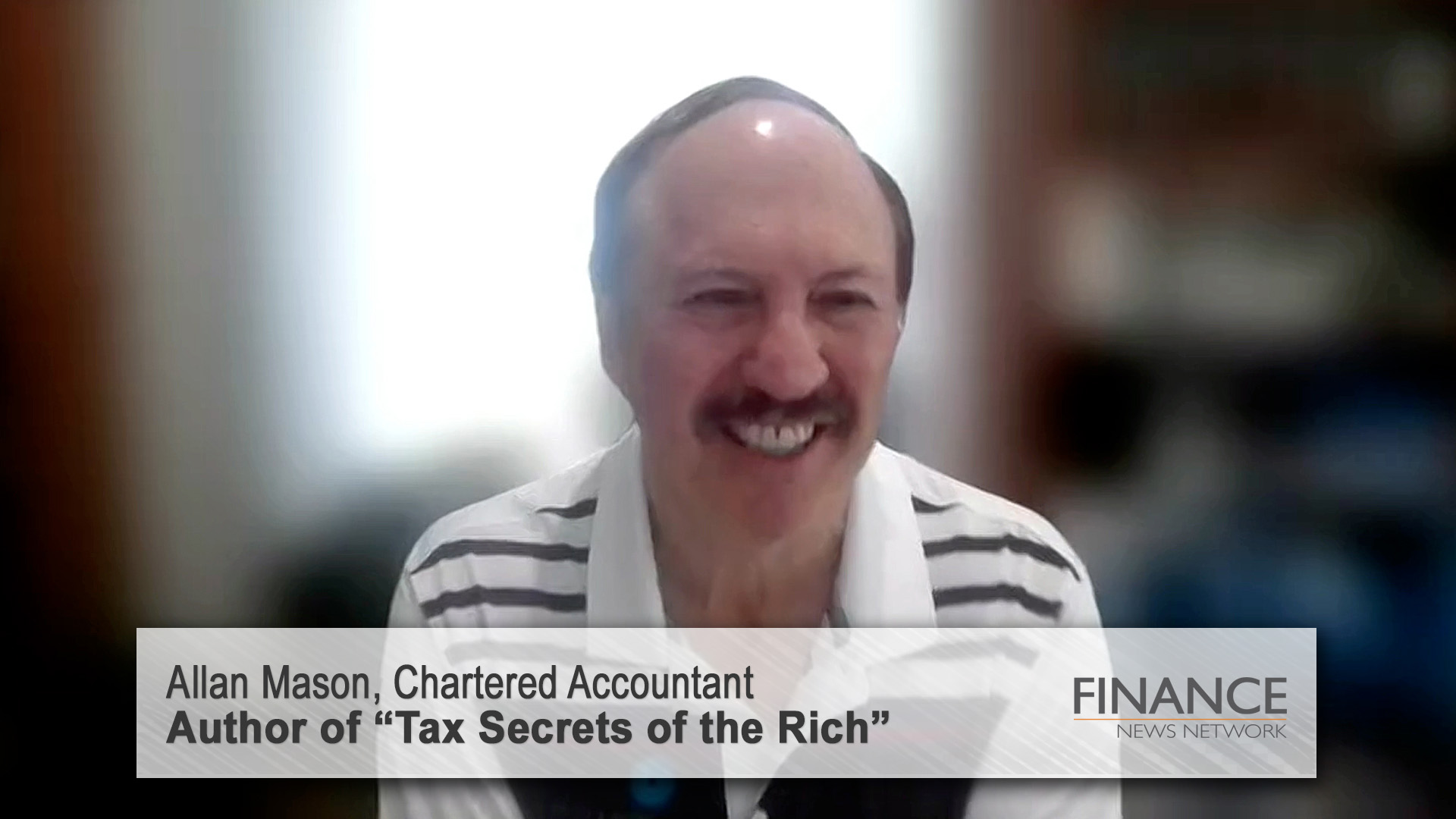It’s understandable that the currently popular green shoots theory of economy recovery would take a few body blows.
The dramatic surge in all markets (except bonds) has seen values run far ahead of reality.
The Australian share market saw its biggest one-day fall in almost four months yesterday as the big miners plunged on news that the Rio-Chinalco deal was in trouble.
At the close of trade, the ASX200 index was down 3.4%, or 132.7 points, at 3723.4, while the All Ordinaries index was off 3.4%, or 131.7 points, at 3710.8.
Similar falls were reported in Asia after a big fall on Wall Street. Overnight Thursday, the falls moderated.
But US initial unemployment claims jumped as the retrenchments from Chrysler started, Wal-Mart produced flat earnings for the March quarter; in Europe KBC Bank was bailed out for the third time by the Belgium Government, UK unemployment rose and the Spanish economy contracted at the fastest rate in 40 years.
Share values should not be factoring in a recovery: V shaped or otherwise, even in China where the data flow is mixed to confusing and certainly not telling us that a rebound is underway.
At the moment, China is marking time at the best.
The ‘green shoots’ theory took a couple of hits this week from China, the US and Europe.
They weren’t terminal, more a welcome tug on the reins of those optimists busily anticipating the boom.
Certainly the free fall has slowed, but not quite to a walk.
Financial markets are steadier than they have been and short term interest rates continue to fall, which is a positive sign.
That’s despite more bank losses in the UK, Germany and other parts of Europe and a deepening slump in the vulnerable Baltic states.
If anything, confidence has returned (over confidence, probably in some cases) and that’s the best and most positive development.
It’s something Reserve Bank Governor Glenn Stevens has referred to a number of times in recent speeches and statements.
So the falls in sharemarkets, the rise in the US dollar, the fall in the value of the Australian dollar and dropping US bond yields should all be seen as a part of sorting out just how much confidence is justified at the moment.
The whacks came from worse than expected US retail sales figured for April showing an unexpected fall after back to back rises in February and March had encouraged a surge of optimism.
There was confirmation from the Bank Of England that the UK economy is struggling and won’t grow as fast as the Brown Government expects;
Those confusing figures from the Chinese economy which is growing fitfully, but not confidently and news that European industrial output remains mired in the red, dashed hopes of an improvement.
Another was the warning from credit raters, Standard & Poor’s which said America’s banking crisis had "merely entered a new phase" and might not end before 2013.
The credit rating agency said the industry is being propped up by hundreds of billions of dollars of government support, especially for lenders considered too important to the financial system to fail.
While efforts to spur lending, take bad assets off banks’ balance sheets, and restart the market for packaging and selling securities may help the sector, S&P said banks will have a tough time surviving absent a bigger capital cushion than regulators require.
"There’s nothing to say that this banking crisis can’t go on for another three or four years," S&P Managing Director Tanya Azarchs said in a Reuters story.
Reuters pointed out that it was only Tuesday when S&P said major US banks needed to raise about $US18 billion of capital to protect themselves from the economic downturn, though this amount could grow if conditions worsen.
The amount was so well below the $US74.6 billion that the government last week ordered 10 of the largest banks, led by Bank of America Corp and Wells Fargo & Co, to plug potential capital shortfalls.
The other nine, including JPMorgan Chase & Co and Goldman Sachs Group Inc, got clean bills of health from the stress tests.
And in a posting on its website, S&P pointed out that global debt defaults continue to escalate, while the health of corporate borrowers continues to worsen.
It said that globally 62 companies (53 public and nine confidentially rated) defaulted in the first quarter of 2009.
"This is the largest number of defaults since the first quarter of 2002 at the tail end of the last economic downturn, and it follows a similarly harsh fourth-quarter 2008, which saw 61 defaults.
"The volume of rated debt affected by first quarter’s defaults was a massive $541.2 billion–the largest quarterly amount on record (dating back to the first quarter of 2000), according S&P.
"Forty of the defaults in the first quarter of 2009 were domiciled in the U.S., with the remaining 22 residing in 22 countries globally.
"The quarterly global speculative-grade default rate rose to 2.2% at the end of first-quarter 2009 from only 0.47% during the same period in 2008.
"On a trailing-12-month basis, the global speculative-grade default rate as of March 31, 2009, reached 4.9%–the highest point since the 5.3% seen in November 2003.
"The default rate is now above the long-term (1981-2008) average of 4.27%, after having remained below this level for 59 consecutive months.
"After hitting record lows in 2007, the pace of defaults has picked up markedly since the second half of 2008," said Diane Vazza, head of Standard & Poor’s Global Fixed Income Research Group.
"If the pace set in the first quarter is maintained through the remainder of the year, defaults would total 248 i













